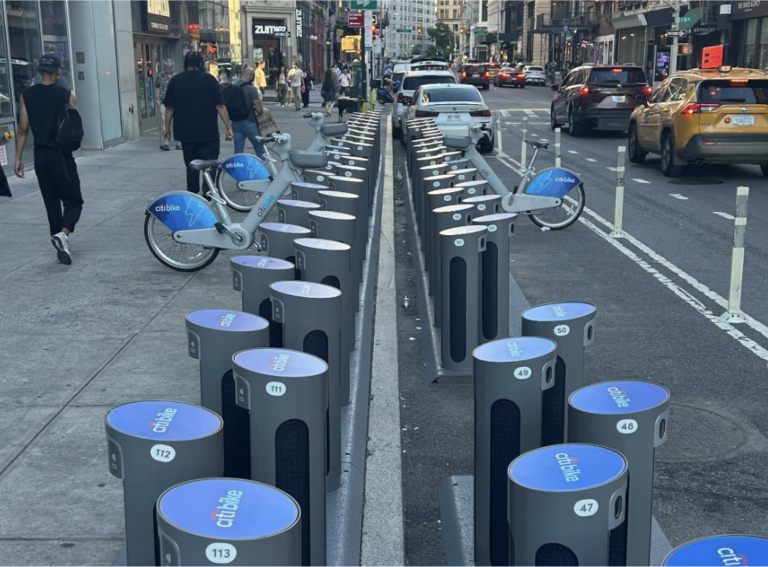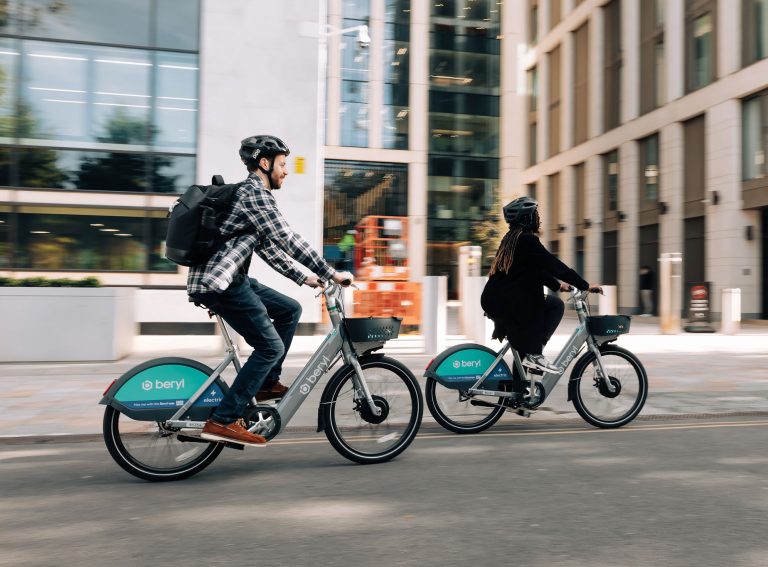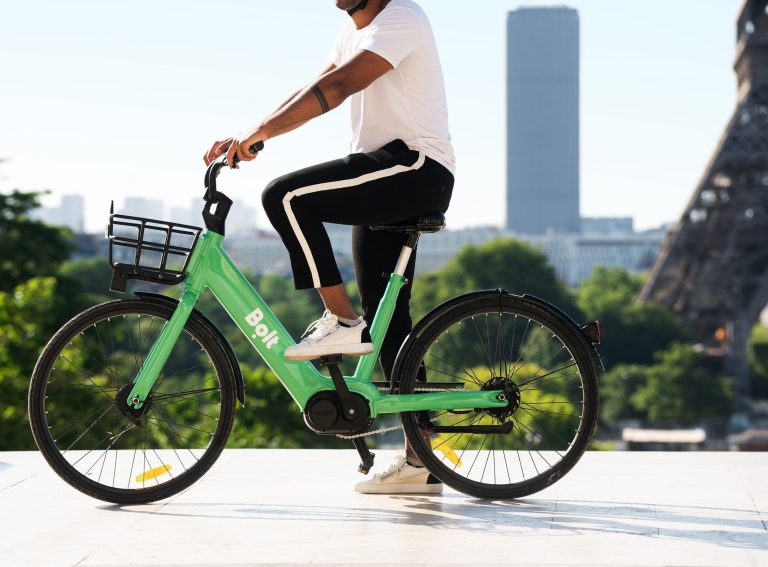Author: Adam Tarshis, Business Development Director, Anadue
What are those questions?
- What should my field team be doing?
- Are they doing it?
Your workforce is one of your biggest ongoing costs. It can also be the difference between business success and failure.
Fleet operations usually make up 40-50% of operating expenditure for a shared micromobility operator. It should therefore be every management team’s top priority to get the most out of their field teams.
A well organised and efficient field team also maximises the return you get from your most valuable capital expenditure – your fleet – and can significantly boost your revenue per vehicle.
A well performing field team operation can be broken down into three processes:
- Identifying the tasks that have the biggest impact on the business
- Effectively communicate these tasks to the best person to complete them
- Monitoring that tasks are being completed and adjusting when they aren’t
Prioritising tasks
Each person in your team has a defined capacity of skills, time and equipment available to them on a specific shift. If you’re a typical shared micromobility operator, there are always more tasks to perform than you have time to complete. In fact, if your field operations teams are finishing early, they could be doing more to improve service availability, and increase profitability.
So which of the huge list of tasks needing to be done are the most important? Some tasks are quick and easy to perform (e.g. a battery swap), while others are essential but very time-consuming (e.g. repairing a broken vehicle). Even the same task can have a very different “cost” depending on the circumstances, for example, a battery swap on an isolated vehicle will consume a lot of travelling time compared to a battery swap close to other scooters that also need a battery swap.
Many tasks can be combined, so if you’re swapping a battery, does it make sense to also move that vehicle to a higher-demand location?
Each task can be allocated a cost and a value to avoid your teams keeping busy with tasks that barely affect the bottom line.
If your task generation algorithms are good, your strategic KPIs should automatically improve. High-level KPIs usually include things like Average Fleet Utilisation (rides/vehicle/day) and Fleet Availability (i.e. how many vehicles aren’t available due to faults, flat battery, etc), but can also include more subtle KPIs such as what % of vehicles haven’t been ridden for a period of time, or the % of vehicles with a battery charge less than a set amount. High-level KPIs ensure that you’re keeping one eye on the “big picture” while managing individual tasks.
Communication
Once you’ve got a prioritised list of tasks allocated to team members based on efficiency and capability, there’s the problem of communicating these tasks in a way that supports your team rather than causing additional disruption to their work.
Some solutions micro-manage teams, literally telling them turn-by-turn how to get from one task to the next, sometimes leaving them hunting for a vehicle that isn’t where the app says it is (either due to poor GPS accuracy or just because a customer has ridden it since the task list was compiled). These solutions are often abandoned because the teams see them as counterproductive rather than helping them be more efficient. Let’s be honest, your workforce management solution is unlikely to be the best SatNav on the market!
In our experience, a better solution is to build upon the skills and local knowledge of your teams, supporting them to add value, rather than treating them as unthinking parts of a machine. They almost certainly know the best routes around the town they live in, and if they need to rebalance a few vehicles from one place to another, does it really matter what the vehicle ID is of every vehicle they touch? Our approach is to focus on the end result, a healthy fleet with vehicles where they need to be, and let team members have some freedom on how to achieve this.
Monitoring
Even with the best machine learning algorithms and ergonomic communication tools, there’s still the risk that your field teams just don’t complete the tasks as optimally as they could. We’re all human. If you’re paid “per task”, it’s a lot more rewarding to “rebalance” 10 vehicles 20m from where you found them than 1 vehicle 200m away. You probably have some star performers, and others who may require further training, every group of people does. Monitoring that the requested tasks are completed optimally and efficiently, and having a comprehensive breakdown of all the tasks performed by each team member is essential.
Many tasks are time sensitive, so it’s also important to know when the tasks were performed. Typically railway stations are an area where there is high demand in the morning rush hour, but also an area of over-supply in the evening rush hour. So the last thing you need is your team dropping off extra scooters outside the station at 17:00 because they were asked to do this before 08:30 that morning.
We allow team members flexibility on how to achieve some of their tasks, but we also monitor activities, for example, that rebalancing is taking vehicles from over-supplied areas and dropping them in high-demand areas.
Conclusion
- Are you confident that you know how to use your field team’s time and resources to the maximum benefit of your business?
- Can you verify that the jobs are being done as expected, in a timely manner, while identifying your best team members, as well as those who could benefit from further training and management?
These two questions are key to a profitable and sustainable shared micromobility operation. You should be asking yourself these questions daily as without addressing these two issues, your fleet will not be generating the revenue it should.











